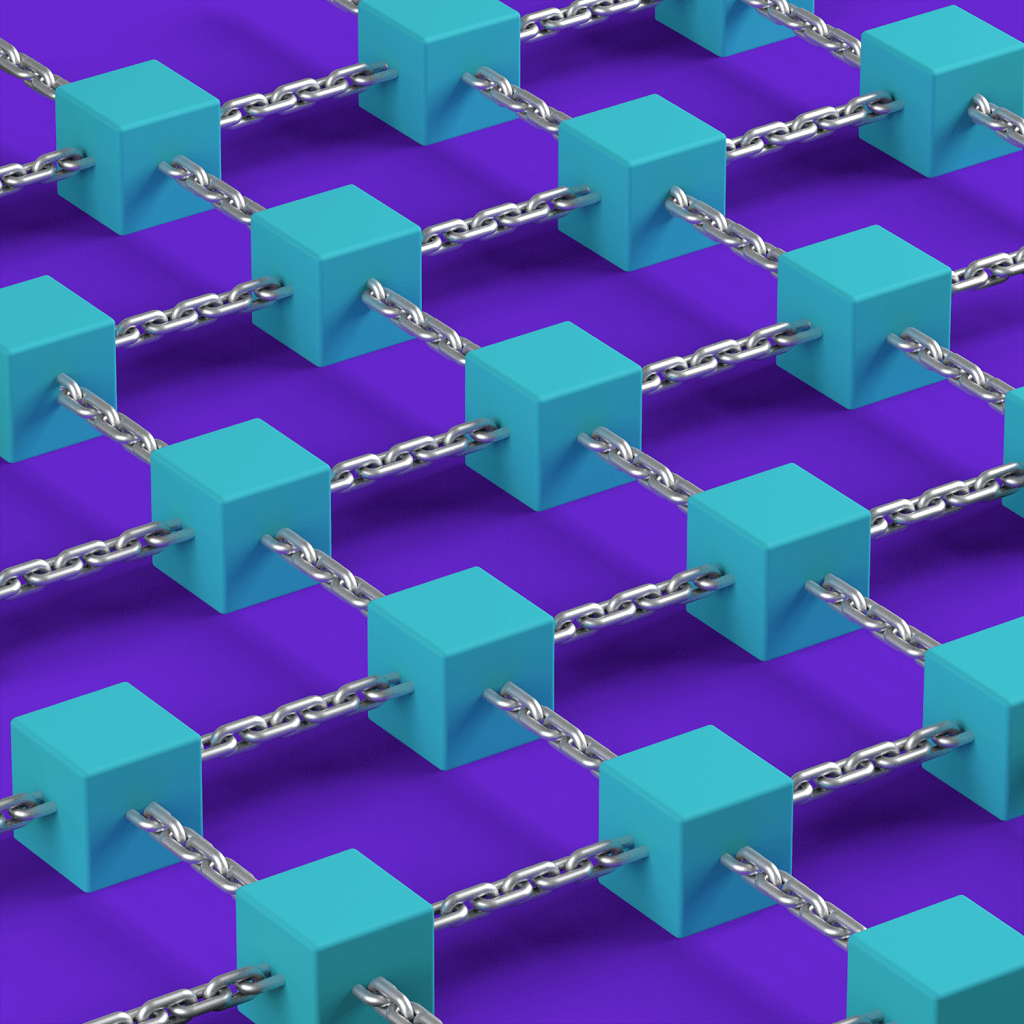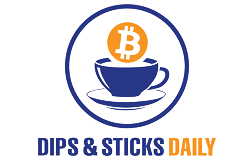
Parachains are custom, project-specific blockchains that are integrated within the Polkadot (DOT) and Kusama (KSM) networks. Parachains can be customized for any number of use cases and feed into the main blockchain, called the Relay Chain, which are considered to be the heart of the Polkadot and Kusama networks.
Polkadot is rolling out the most robust platform for security, scalability and innovation. Having launched the genesis block of its Relay Chain back in May 2020, Polkadot is now on track to launch several parachains this year and beyond.
But why is this important?
Today the problem is that blockchains, by nature, is that they are isolated, cut off from other blockchains and live within their own ecosystems. Blockchains find themselves not only isolated, but limited by their own design as well. Thus, struggling to implement intercommunication and cross-chain composability.
For crypto investors, this is a problem because It’s not the most productive for those who want to transfer coins from one network to another. Also, they must overcome overwhelming complications and bottlenecks to do so. All while incurring astronomical ‘gas fees’ to buy, sell, and swap coins cross-chain.
For industries, the same problem exists with data. Crypto exchanges, projects and blockchain-based services need to find a way to interact with each other and with other decentralized networks. They must if they want to ensure that important data is seamlessly exchanged and assets are efficiently transferred from one chain to another. This is where parachains come in and this is where Polkadot wants to earn their mark.
Blockchains need to discover a way to break the boundaries and in this weeks blog we beg to ask; “What is Parachain vs Blockchain?”, “What is in future for Polkadots ecosystem?” and we talk about Polkadot’s new parachain roadmap.
Lets get it!
What is Polkadot?

What is Polkadot (Ticker: DOT)?
Polkadot is a protocol that allows data to move simultaneously across different blockchains creating an ecosystem for sharding (a solution to the problem of blockchain scalability that relates to significantly reducing processing time), adaptability and transparency.
A sharded multi-chain architecture enables external networks as well as customized layer one “parachains” to communicate, creating an interconnected internet of blockchains. The network uses an environmentally-friendly proof of stake consensus algorithm to govern its protocol.
Polkadot acts as a multi-chain network (vs one-chain blockchain like Bitcoin and Ethereum) (blockchains that exists separate of each other) that act as a multi-chain network that processes several, parallelized transactions on multiple chains at once. This eliminates the standard one by one transaction bottlenecks typical of traditional networks we see today.
Looking to create the next version of Ethereum, Polkadot claims that it is solving many of the problems that have held back blockchain technology thus far. Founded by Dr. Gavin Wood (a coder by heart), who began originating blockchain technology as co-founder and CTO of Ethereum and who coined the term Web 3.0 in 2014, says that Polkadot’s goal is to enable a completely decentralized web where users are in control.
With just under 19 million DOT tokens stored in the DOT treasury to fund community projects, we would say that Gavin is on to something.
Because smart contracts (a computer program or a transaction protocol which is intended to automatically execute legally relevant events and actions according to the terms of a contract or an agreement) are semi-bulky. Polkadot is a network protocol that allows arbitrary data—not just tokens—to be transferred from one blockchain to another. Making it easier to create and connect decentralized applications, services, and institutions in a way that is efficient and interconnected.
Parachain vs Blockchain

Parachain vs Blockchain
A parachain is an application-specific data structure that is globally understandable and validatable by the validators of the Relay Chain. Parachains are specialized blockchains that connect Polkadot.
What is a relay chain? The Relay Chain is a multi-chain and translation architecture that allows specialized blockchains and public blockchains to connect within a unified network.
Parachains are the diverse individual Layer-1 blockchains that runs in parallel within the Polkadot ecosystem, on both the Polkadot and Kusama Networks. Connected to and secured by the Central Relay Chain, parachains share and benefit from the security, interoperability, scalability and governance.
They have characteristics specialize their cross-chain composability which also allows any type of data or asset to be transferred between parachains. They can also be used to perform highly distributed computations allowing many more transactions to be processed simultaneously, in the same time period.
What is the blockchain? Blockchain is a system of recording information in a way that makes it difficult or impossible to change, hack, or cheat the system. Each block in the chain contains a number of transactions, and every time a new transaction occurs on the blockchain, a record of that transaction is added to the block via a timestamp.
The difference between parachain and blockchain technology is a parachain (parallelizable chain) is a simpler form of blockchain, that lends security and is attached to parachains. But also provides a guarantee of secure message-passing between them. Parachains are ‘bridges’ for users, connecting two chains (that otherwise would never speak to each other) the opportunity to connect and pass information collectively.
For more information regarding the blockchain, read our blog post titled; “The blockchain in pure English” by clicking here.
A New Parachain

Polkadot is a blockchain for scalable decentralized computation and interoperability.
As one of the main parts of the network; Polkadots new parachain is an individual layer-one blockchain that functions in the Polkadot and Kusama multichain networks. Polkadot Relay Chain will facilitate the cross-chain movement of data, transactions and assets, while ensuring network security and scaling potential.
Parachains are the last piece of core functionality to be delivered as outlined in the Polkadot Lightpaper (Polkdots version of a white paper) and this will allow Polkadot to realize its scalable multi-chain architecture. After a period of testing, optimization and auditing, parachains will be ready for launch on Polkadot and once parachains are live, the community will determine which additional features and network upgrades should be added over time. This means that each parachain can have its own parameters such as block times, transaction fees, governance mechanism and mining rewards.
Read Polkadots Lightpaper by clicking here.
Polkadot’s Future

What’s next for Polkdot?
Polkadot is an open-source protocol built for everyone that envisions a web where our personal identity and our data is our own – safely secured from any central authority. The Web3 (a Swiss Foundation founded to facilitate a fully functional and user-friendly decentralized web) Foundation has commissioned five teams and over 100 developers to build Polkadot and the DOT (Polkadots native token) coin serves three distinct purposes: governance over the network, staking, and bonding.
Polkadot can transfer data across public, open, permissionless blockchains as well as private, permissioned blockchains.
This makes it possible to build applications that get permissioned data from a private blockchain and use it on a public blockchain. For instance, a hospitals private, permissioned, health records chain could send proof of ‘vital health records’, with Polkadot acting as a bridge, to a smart contract on a public chain.
Polkadot’s upgrades currently under development include:
- Libp2p: A flexible cross-platform network framework for peer-to-peer applications. Positioned to be the standard for future decentralized applications, libp2p handles the peer discovery and communication in the Polkadot ecosystem.
- Upgrades to XCMP (Cross-Chain Message Passing) and the launch of parathreads. These and any subsequent upgrades can be enabled by Polkadot’s on-chain governance community once development, testing, benchmarking, and auditing are complete.
- Parachain Slot Auctions: As Polkadot and Kusama are expected to only support up to 100 parachains, slots on their network will be allocated with a new auction taking place every week. After each winning bid, auctions will continue on a rolling basis as more slots become available and previous winning auctions expire. Parachain auction participants have a determined amount of time to place bids on the projects they wish to see get a parachain slot, and the project that garnered the most support will generally obtain the ability to win a parachain slot.
- Crowdloans: Polkadot allows parachains to source tokens for their parachain bids (possible slot auctions) in a decentralized crowdloan. Anyone who has registered a parachain can create a new crowdloan campaign for a slot by depositing a specified number of tokens. The duration can last over several auctions, meaning that the team will not need to restart the campaign just because they did not secure a slot on their first attempt. PolkadotJS apps offers a breakdown of ongoing crowdloans on their Apps page here.
In conclusion:

Polkadot is rolling out the most robust platform for security, scalability and innovation. Having launched the genesis block of its Relay Chain in May 2020, Polkadot is now on track to launch several parachains this year and beyond.
With parachains live on Polkadot, the network’s launch will officially be complete. How the network evolves from its initial vision and design will be up to the network’s on-chain governance and community.
Today, the problem is, that blockchains by nature, is that they are isolated and cut off within their own ecosystems from one chain to another. Thus, struggling to implement intercommunication and cross-chain composability.
For cryptocurrency investors, to be able to have the ability to transfer coins from one network to another without having to overcome overwhelming complications and bottlenecks, is in dire need.
For industries, crypto exchanges, and blockchain-based services, they’re looking for a way to interact with each other and connect with other decentralized networks so they can ensure that important data is transferred seamlessly and effortlessly.
And Dr. Gavin Wood and the entire team at Polkadot seem to be leading the way.
What are your thoughts on Polkadot’s future?
Tell us by leaving a comment below.
Want to learn more about cryptocurrency?
Join us by subscribing to our newsletter by clicking here. Join us today.
As always,
Happy Investing.
P.S.
Thank you for reading this weeks blog. Here is your reward. Our referral code to get your very own Cyber Ghost VPN. Get yours by clicking here.


1 thought on “Polkadot & Kusama Parachains? What You Need to Know…”
Pingback: What is Enjin? (ENJ) The New Beginner’s Guide - Dips & Sticks Daily - A Daily Crypto Community